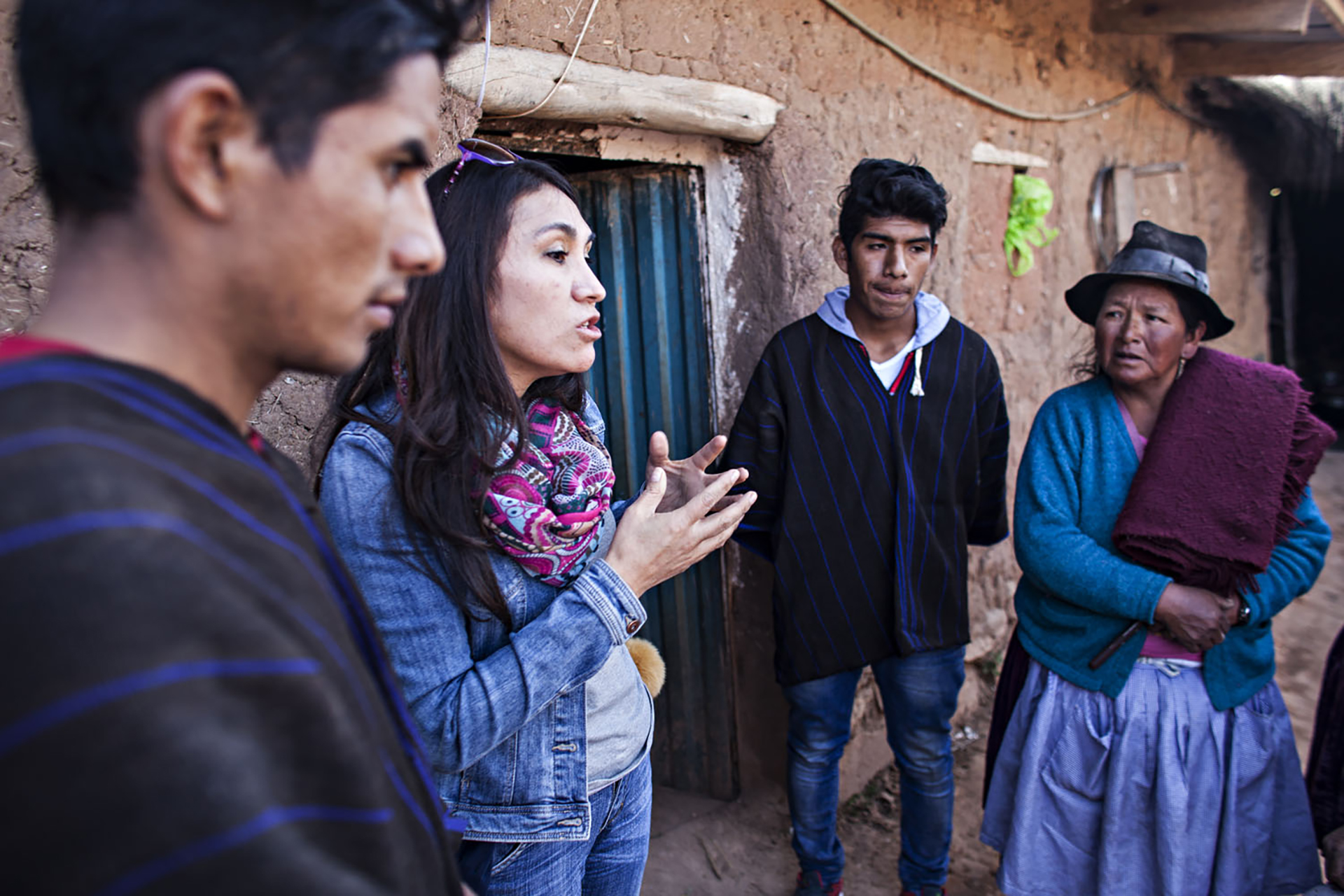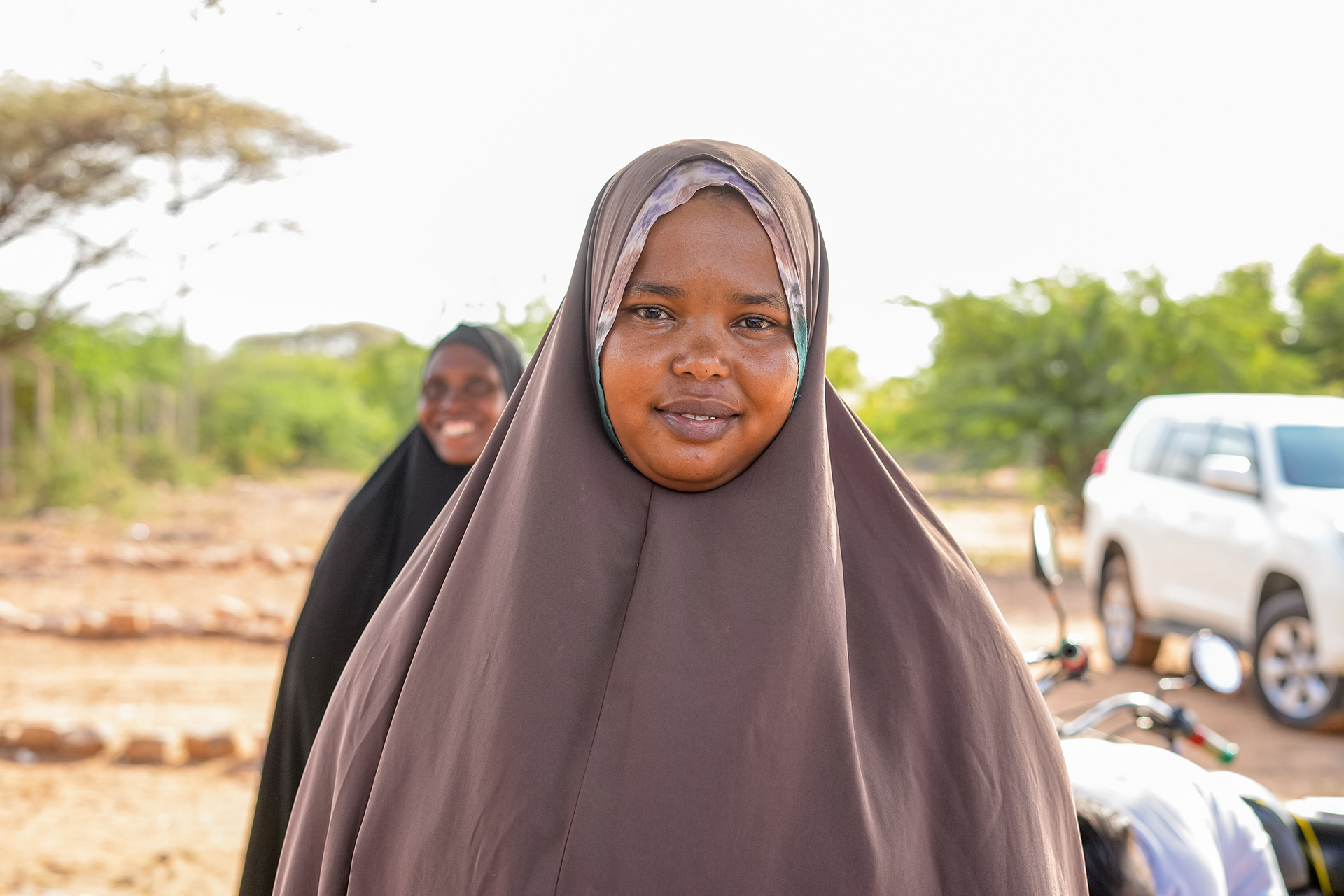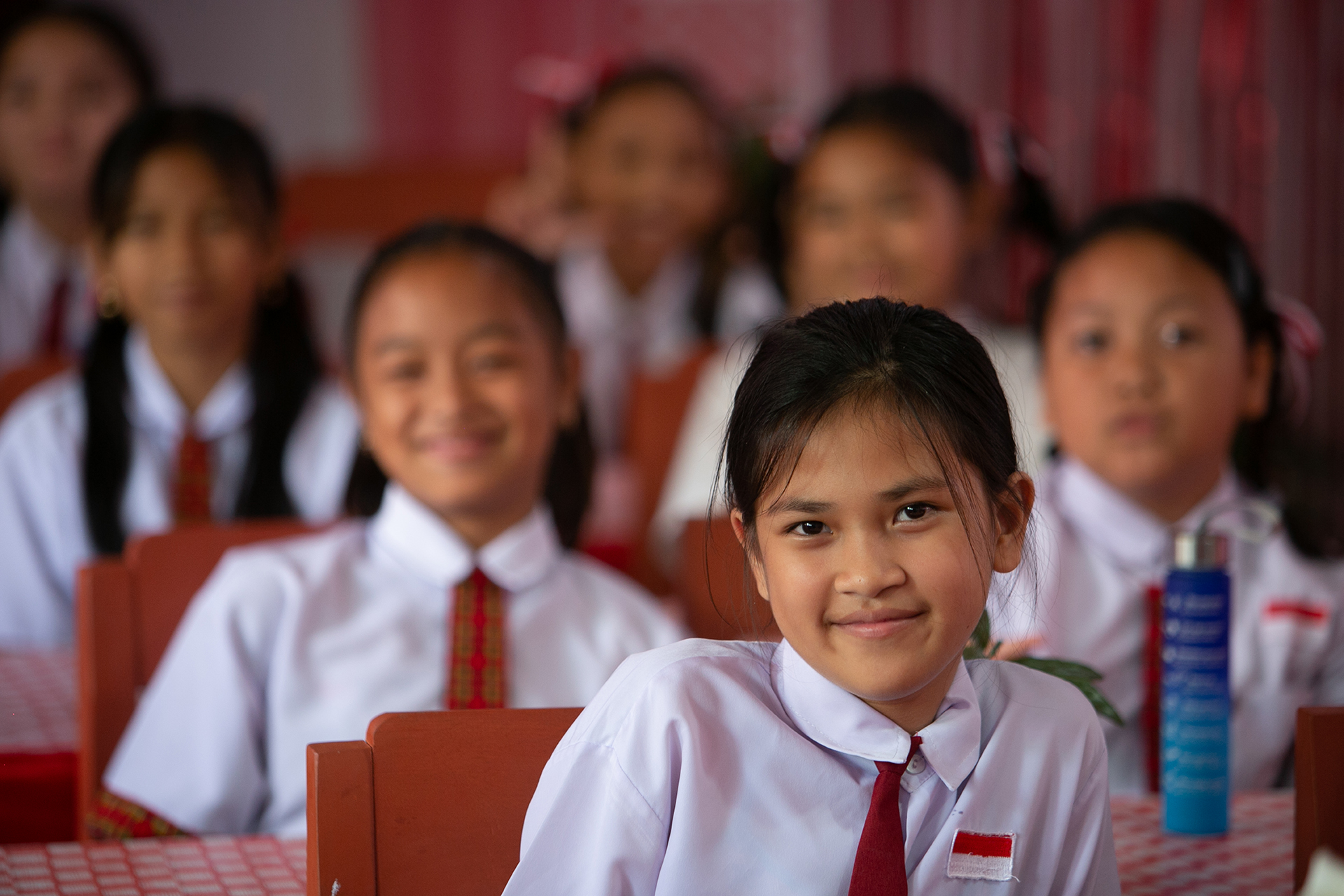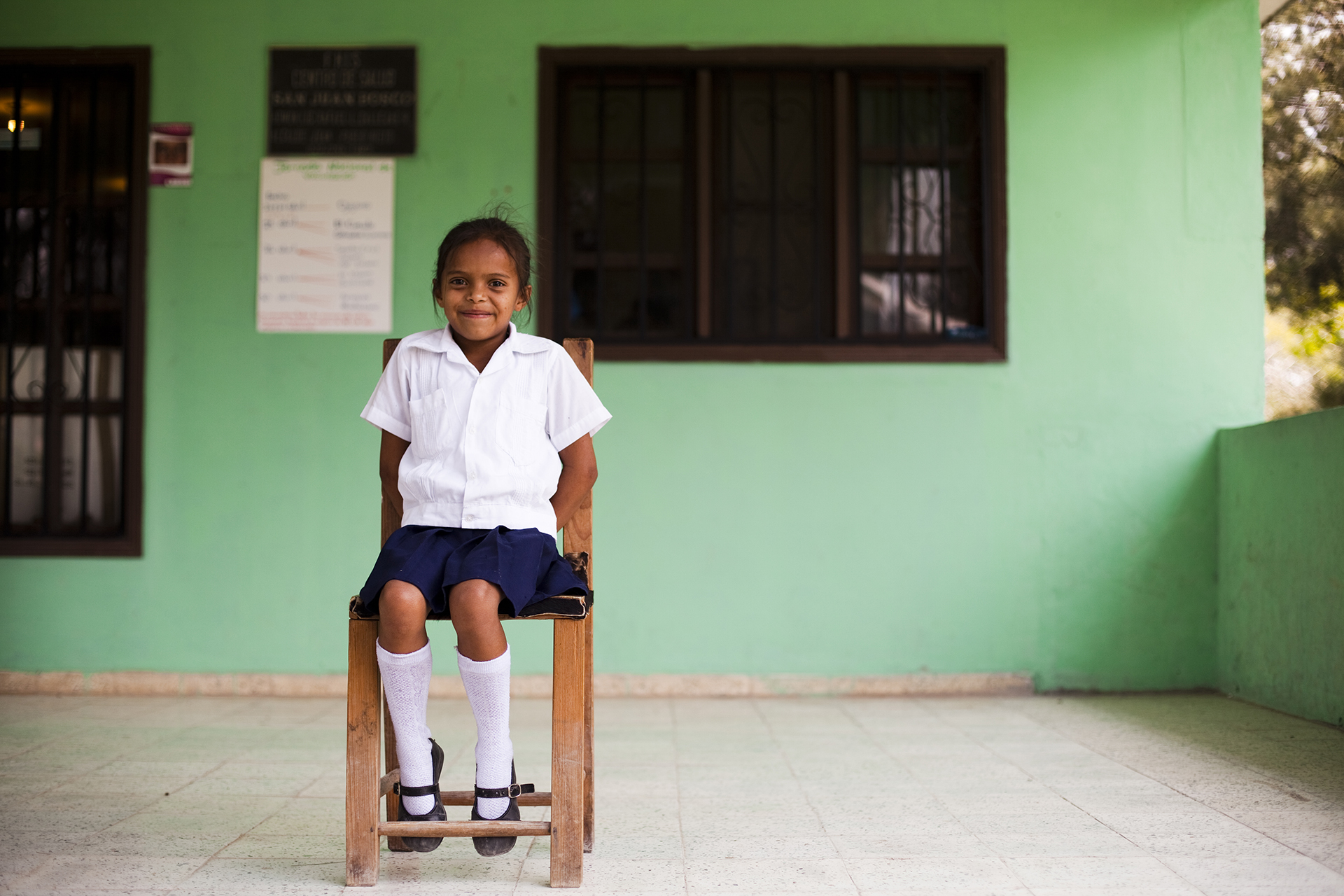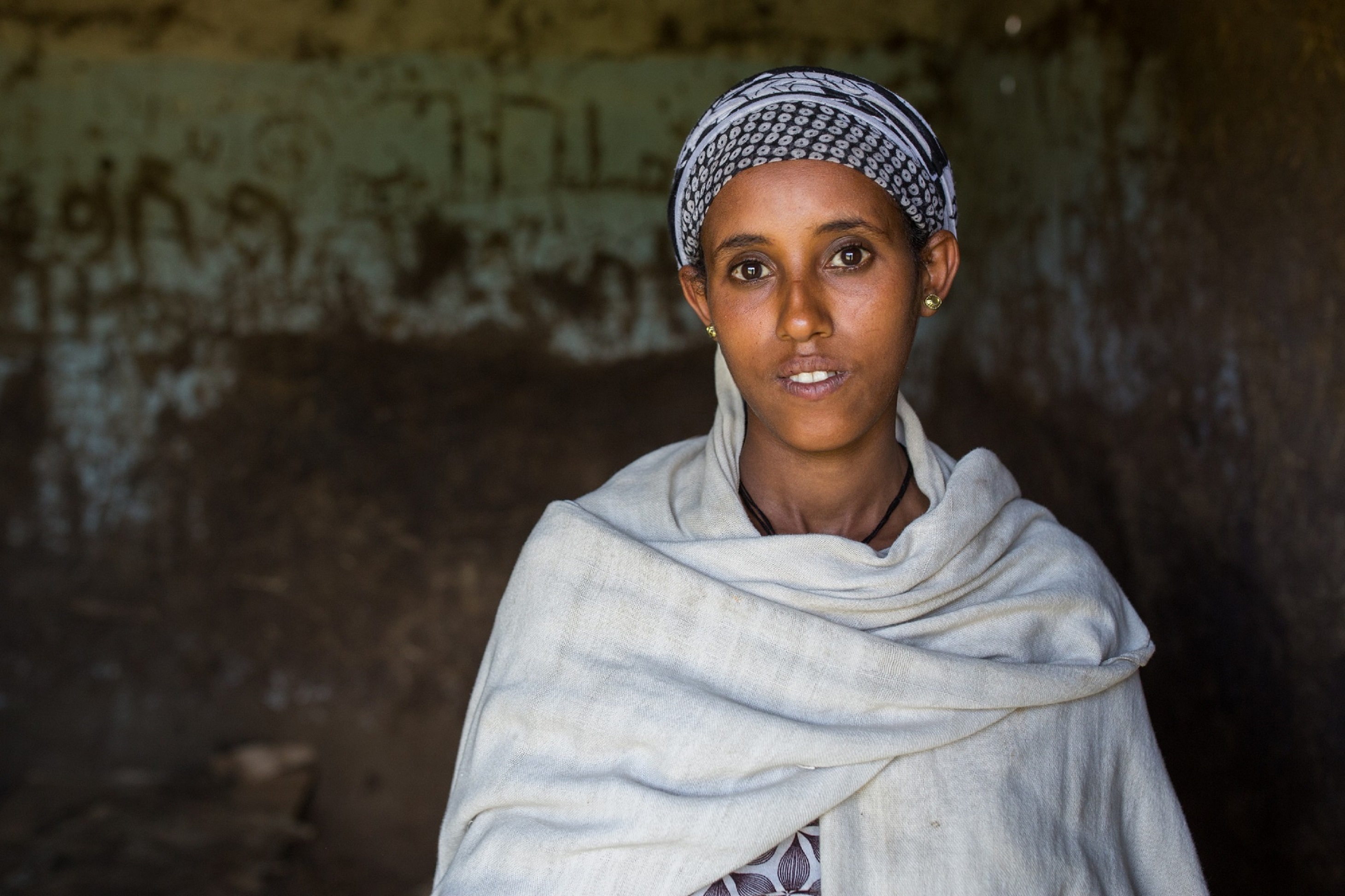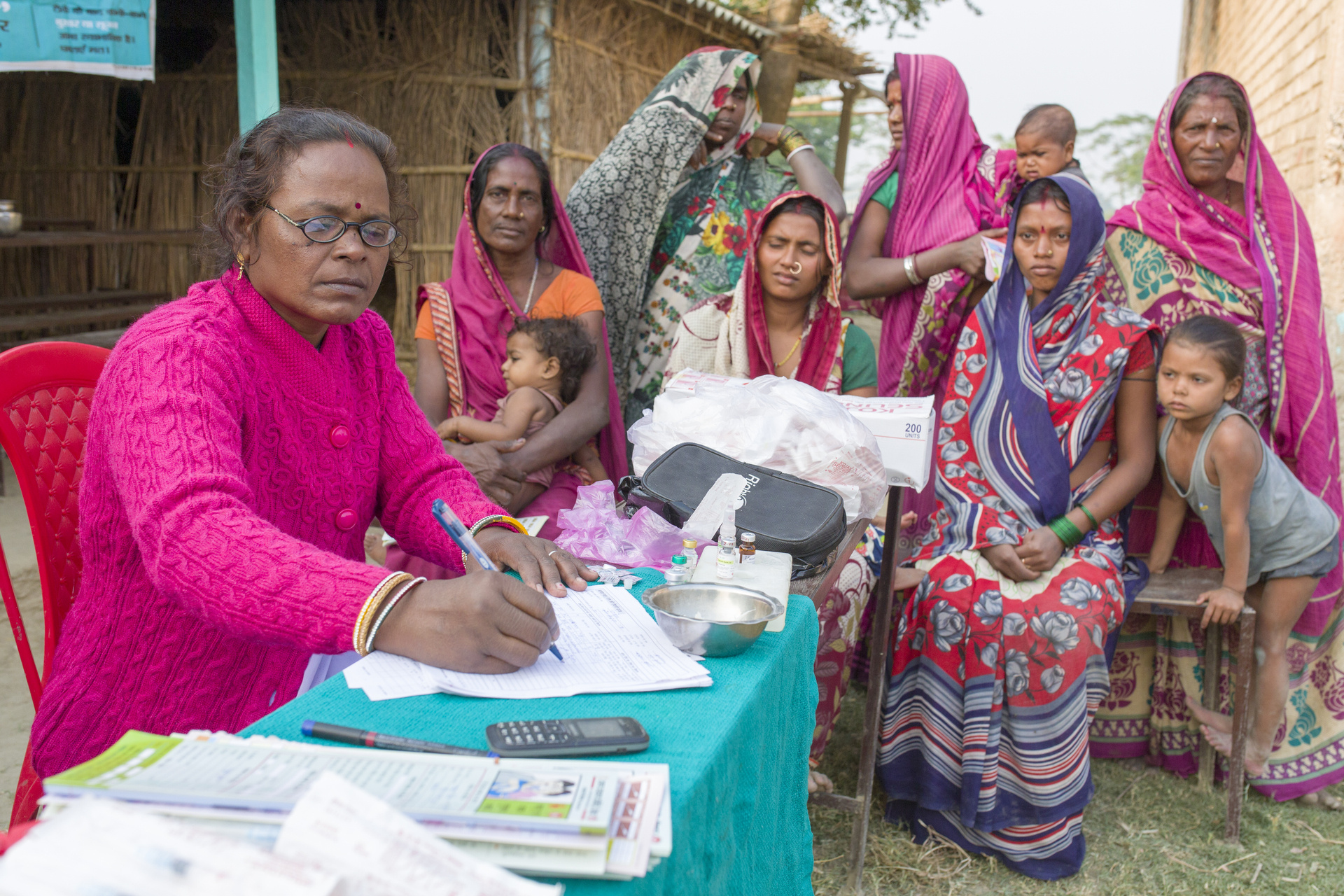
HPV vaccination in São Paulo, Brazil, March 2014
Global cervical cancer elimination forum: advancing the call to action
Every 2 minutes
a woman dies of cervical cancer
Over 90%
of the 348 000 deaths from cervical cancer in 2022 occurred in low- and middle-income countries
Every year, cervical cancer continues to impact hundreds of thousands of women, families, and communities, even though we have all the tools we need to prevent it and even eliminate it completely. Access to vaccines, screening and treatment continues to be scarce in the places that need them most.
Vaccines prevent human papillomavirus (HPV) infections, in turn preventing cervical cancer and other HPV-related cancers. However, only 46% of low-income countries have introduced the HPV vaccine into their immunization schedules, compared to 98% of high-income countries.
WHO’s Global Strategy for Cervical Cancer Elimination, launched on 17 November 2020 lays out a clear path to eliminating the disease through vaccination, screening and treatment. Recent evidence-based recommendations for a single-dose vaccine schedule, and updated recommendations to simplify and increase access to screening and treatment, are already reducing barriers to implementing WHO’s strategy. The strategy sets out 3 clear targets to meet by 2030 to put countries on the path to elimination:
- 90% of girls vaccinated against HPV by age 15
- 70% of women screened with a high-performance test by age 35 and again at 45
- 90% of women with cervical disease receiving treatment
While there has been progress at country, regional and global levels - gaps remain and cases of cervical cancer and resulting deaths continue to rise at an alarming rate - annual deaths from cervical cancer are expected to surpass 410 000 by 2030 if we do not change course.
List of 2025 commitments




